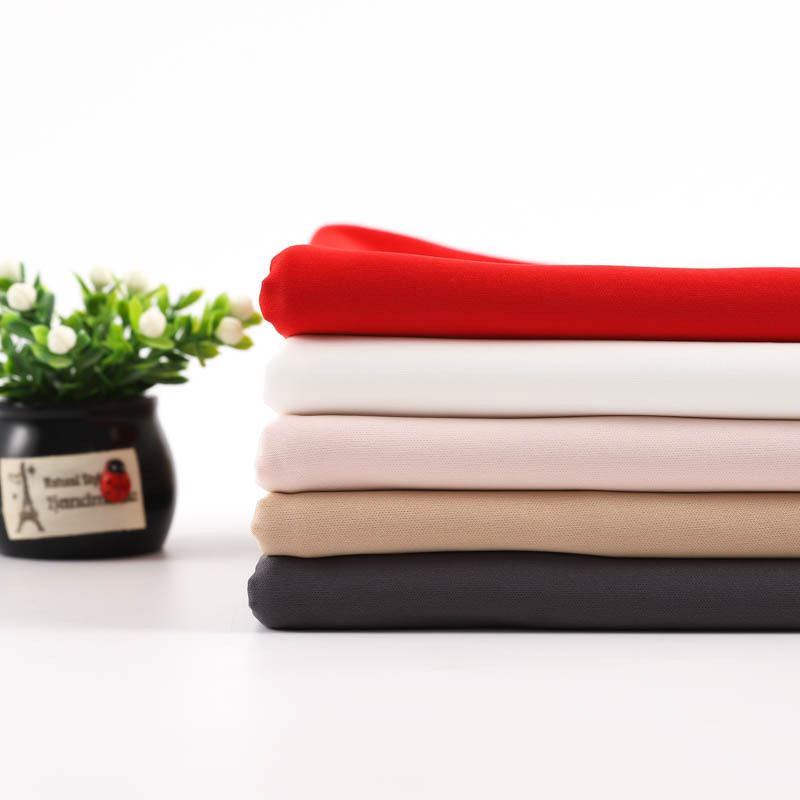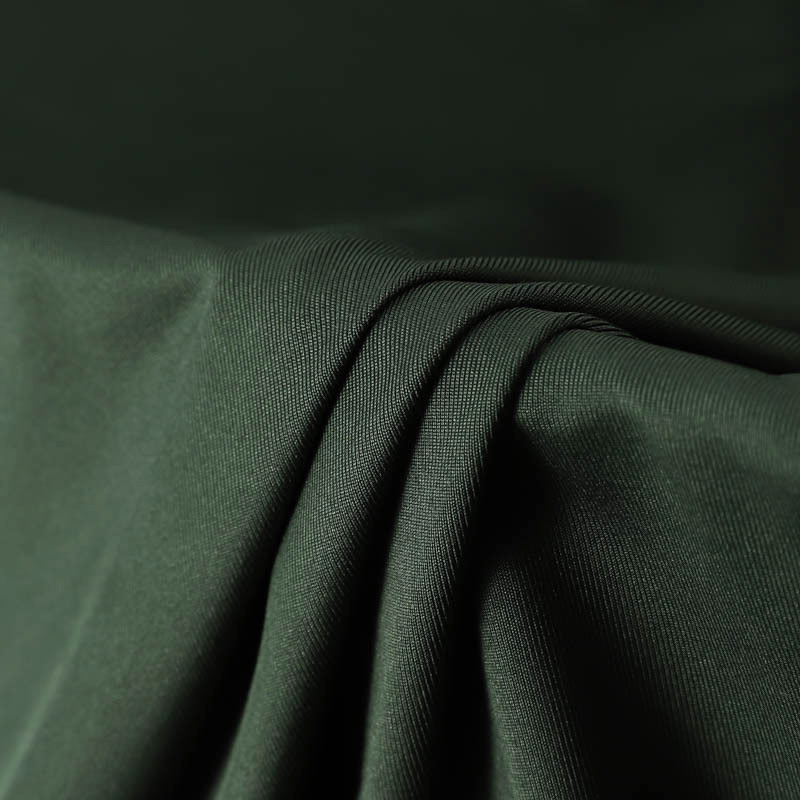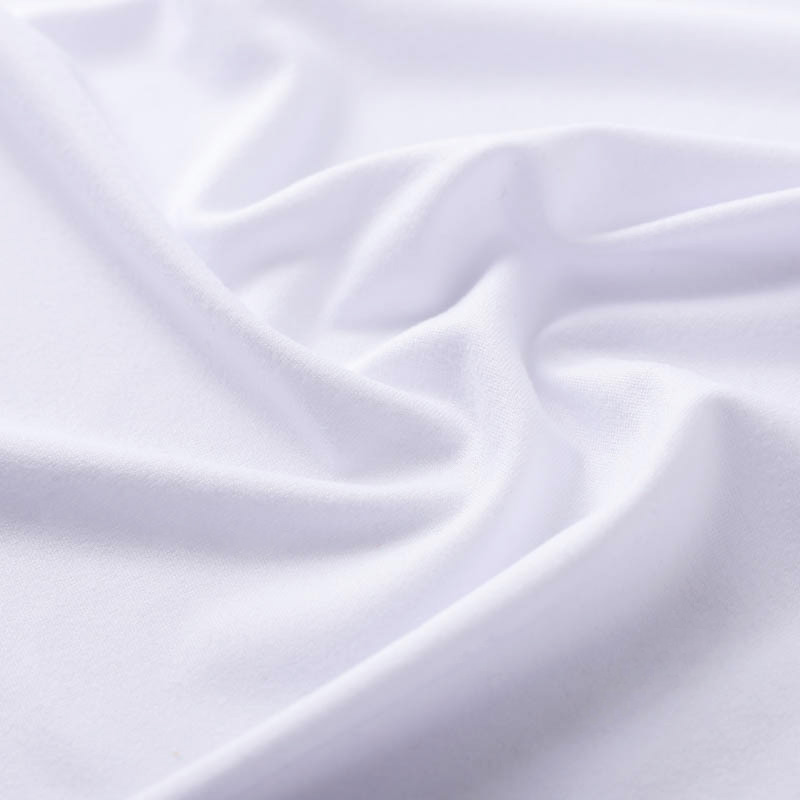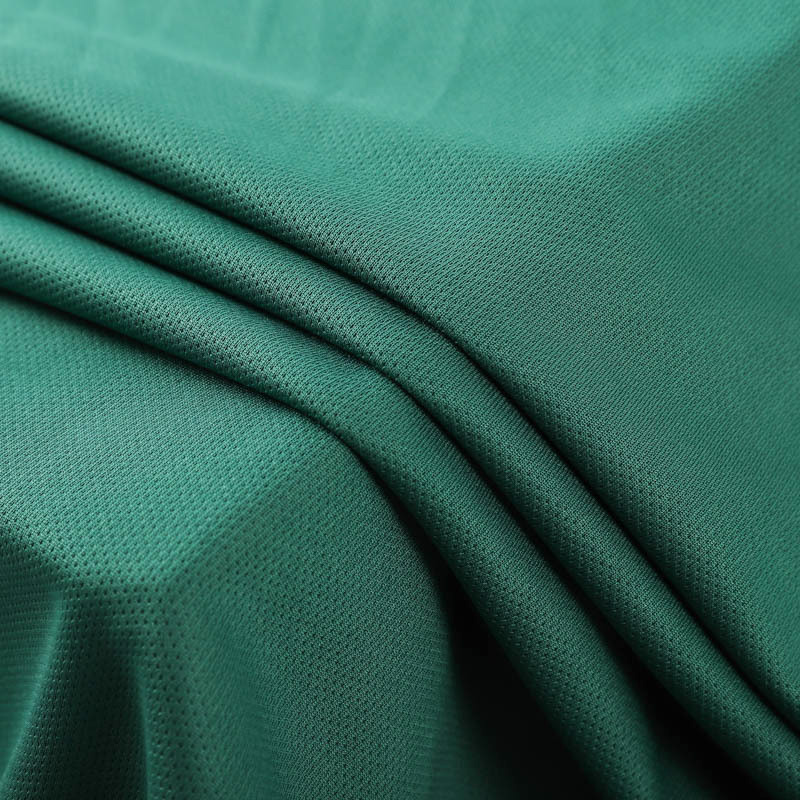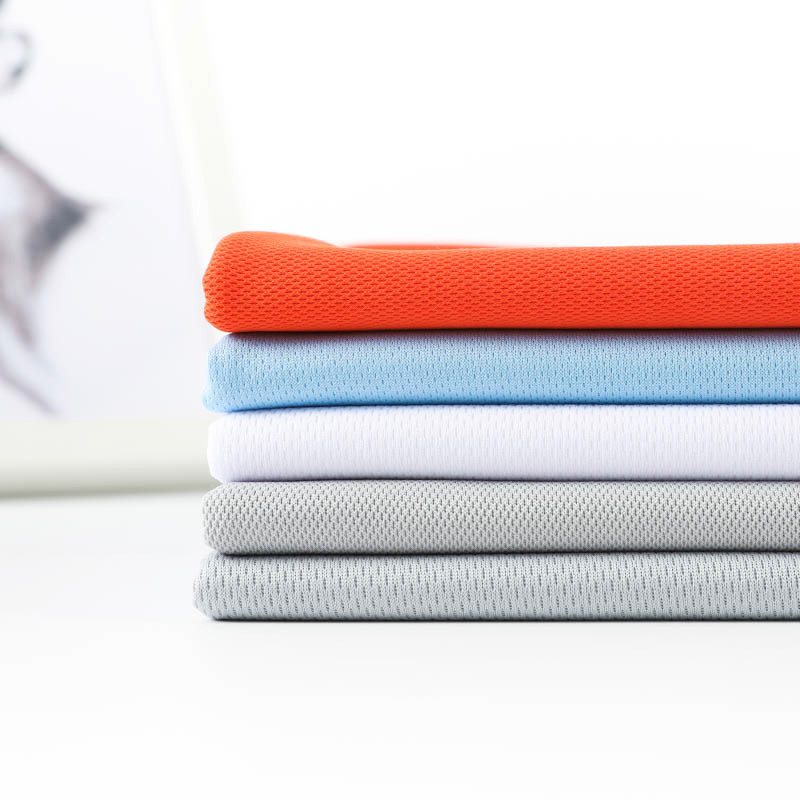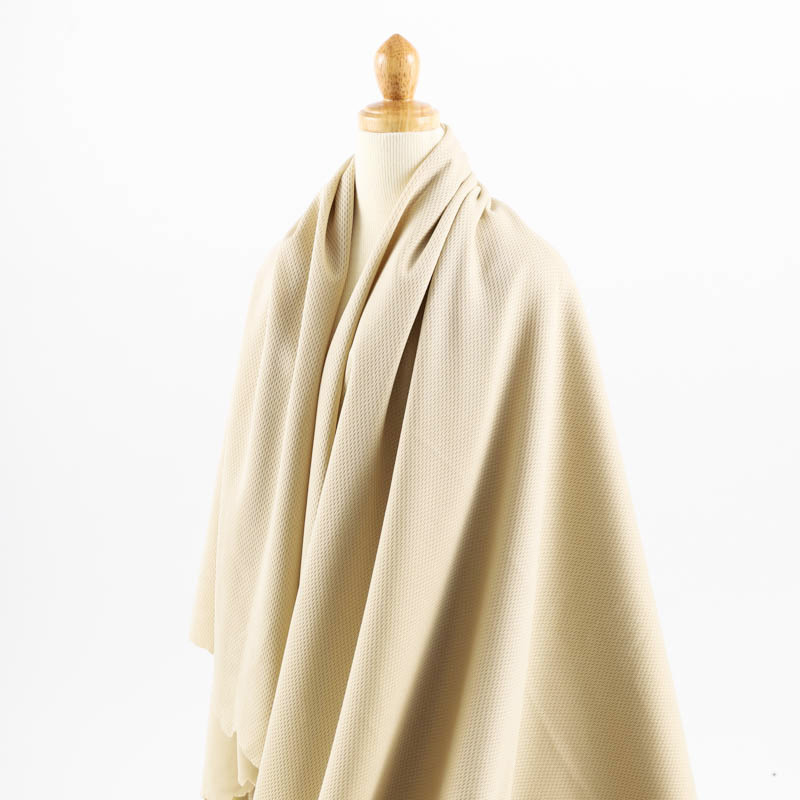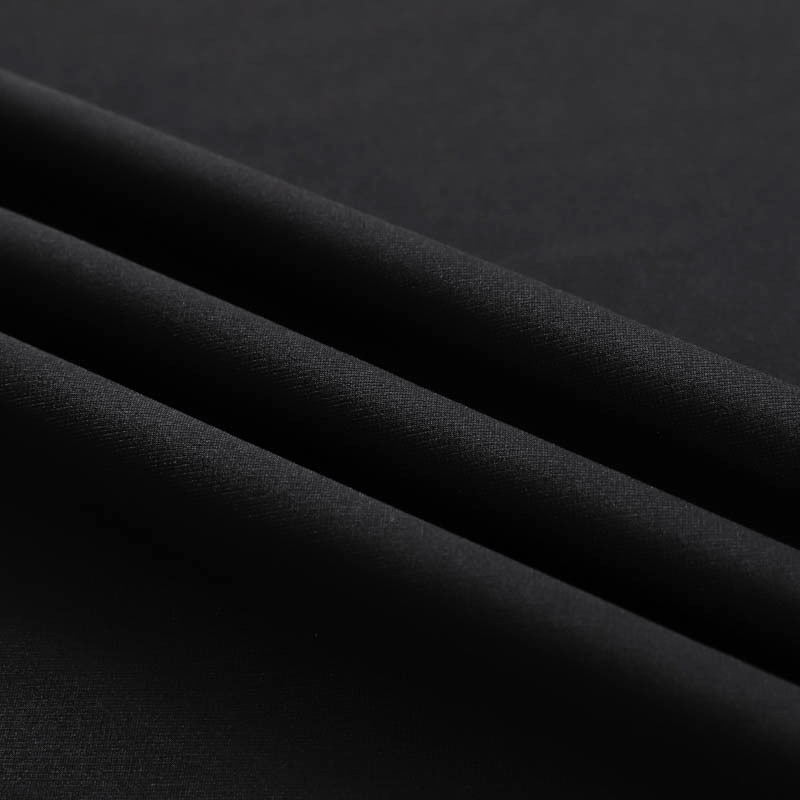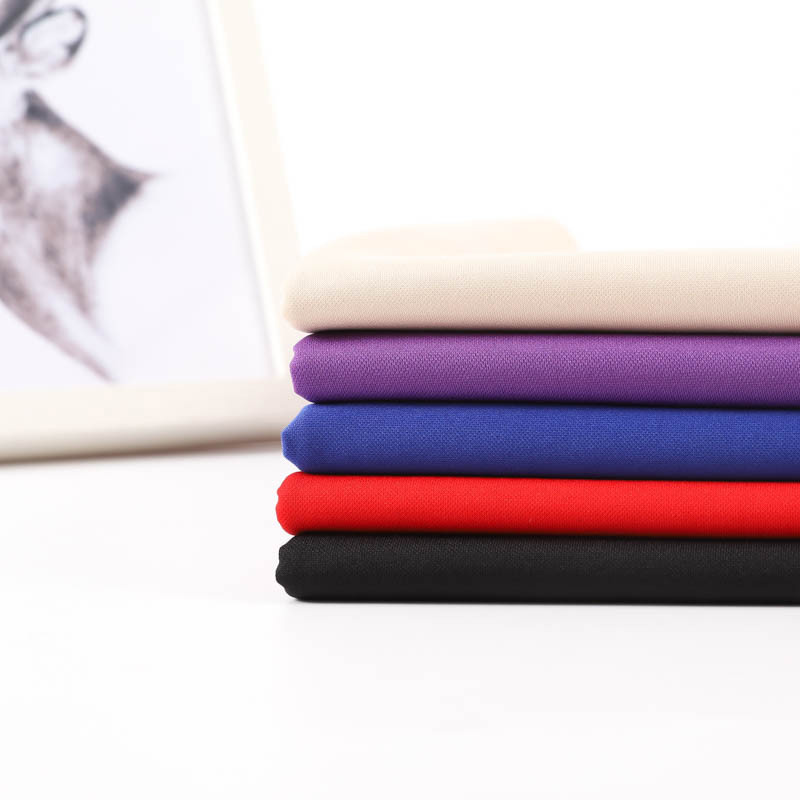As a new textile material, single-sided flat woven fabric has rapidly emerged across multiple industries in recent years. Its unique characteristics have enabled it to be widely used in a variety of fields, particularly in fashion, automotive, home furnishings, and environmental protection, demonstrating strong adaptability and market potential.
Basic Characteristics of Single-Sided Flat Woven Fabric
Single-sided flat woven fabric is widely used in various industries due to its lightweight, durable, breathable, and simple and aesthetically pleasing design. Unlike traditional double-sided fabrics, single-sided flat woven fabric has a simpler weaving structure, displaying a pattern or texture on only one side, while the other side presents the basic structure or simple texture. This structural design endows the fabric with many excellent performance characteristics, making it particularly well-suited to the modern textile industry's demanding requirements for lightweight, durable, and environmentally friendly materials.
Lightness and Efficiency
Single-sided flat woven fabric has a relatively simple production process, and its fewer fabric layers make it relatively lightweight, making it suitable for products requiring overall weight reduction. For example, in sportswear, outdoor equipment, and car seats, single-sided flat woven fabric can significantly reduce the overall weight of the product, thereby improving comfort and portability.
Durability and Stretch Resistance
Due to its unique flat weave structure, single-sided flat woven fabric possesses strong durability and stretch resistance, effectively dissipating external pressure, preventing localized wear and tear, and extending the fabric's lifespan. This feature ensures that single-sided flat woven fabric maintains stable performance over extended use, making it particularly suitable for products subject to frequent contact or wear, such as sports equipment and furniture fabrics.
Breathability and Comfort
The structure of single-sided flat woven fabric provides excellent breathability, making it particularly suitable for products requiring perspiration and breathability, such as sportswear, sleeping bags, and outdoor backpacks. Furthermore, this fabric is soft and comfortable to the touch, providing a pleasant wearing experience and suitable for everyday and extended use.
Environmental Performance
With the growing emphasis on environmental protection, single-sided flat woven fabric can effectively conserve resources and reduce material waste during production, thus meeting the needs of sustainable development. By using natural or recycled fibers, single-sided flat woven fabric reduces chemical use during production, thus minimizing environmental pollution.
Diverse Applications of Single-Sided Flat Woven Fabric
The diverse applications of single-sided flat woven fabric are key to its success in the textile industry. Its excellent performance and unique structure make it widely applicable across multiple industries, particularly in fashion, automotive, home furnishings, and environmental protection.
Fashion and Apparel Industry
Single-sided flat woven fabric has a wide range of applications in the fashion industry, particularly in sportswear, outdoor apparel, and casual wear. Its breathability, comfort, and durability make it an ideal choice for sportswear brands and outdoor equipment manufacturers. For example, during activities like running, hiking, and cycling, single-sided flat woven fabric's superior breathability and moisture-wicking properties help wearers stay dry and avoid the discomfort caused by moisture buildup.
The lightweight nature of single-sided flat woven fabric allows designers to create simpler, more comfortable clothing, meeting the modern consumer's demand for convenience and comfort. Its smooth texture and clean appearance have also made it a popular choice among high-end fashion and casual brands.
Automotive Industry
In the automotive industry, single-sided flat woven fabric has shown great potential as an interior fabric. With increasing demands for interior and seat comfort, single-sided flat woven fabric is widely used in car seats, carpets, door panels, and other components due to its abrasion resistance, stain resistance, and excellent breathability.
The durability and stretch resistance of single-sided flat woven fabric ensure that car seats maintain their appearance and comfort despite frequent use, reducing the need for repairs and replacements. Furthermore, as car interior design trends towards personalized and high-end design, single-sided flat woven fabric, with its simple and modern appearance, can provide car owners with a more stylish and luxurious driving experience.
Home Furnishings and Furniture Industry
Single-sided flat woven fabric is also widely used in the home furnishings and furniture industry. Due to its simple structure, soft touch, and durability, this fabric is widely used in home furnishings such as sofas, bedding, curtains, and chair cushions. Especially in home soft furnishings, the elegant appearance and modern feel of single-sided flat woven fabric make it the material of choice for many furniture designers.
For example, when used in sofa covers and chair cushions, single-sided flat woven fabric not only enhances the comfort of furniture but also adds durability. This fabric can withstand the wear and tear of daily use while maintaining a clean and neat appearance. The breathability of single-sided flat woven fabric makes it widely used in bedding, providing a better sleep experience.
Environmental Protection and Sustainable Development
The environmental advantages of single-sided flat woven fabric are a key reason why it is the perfect choice for the future textile industry. With global attention to environmental protection and sustainable development, single-sided flat woven fabric, with its simple and efficient production process, reduces resource waste and meets the standards of green textiles. During the manufacturing process, single-sided flat woven fabric typically uses natural or recycled fibers, effectively reducing the use of chemical dyes and reducing environmental pollution.
The durability and long lifespan of single-sided flat woven fabric also help reduce the frequency of textile replacement, reducing the burden of waste at the source. Therefore, single-sided flat woven fabric not only meets modern consumers' demand for environmentally friendly and green products, but also promotes the entire textile industry towards a more sustainable direction.



 English
English  中文简体
中文简体 